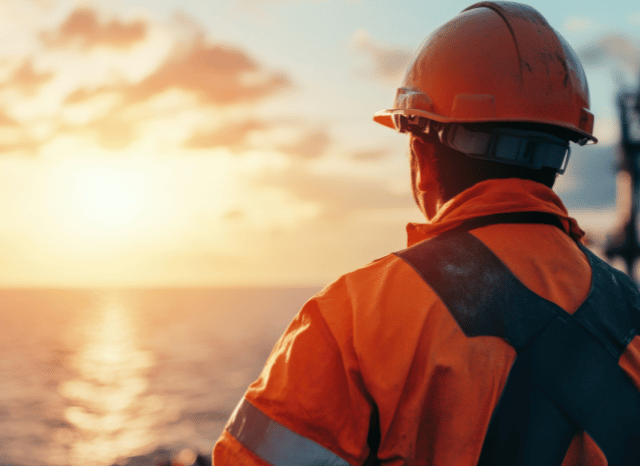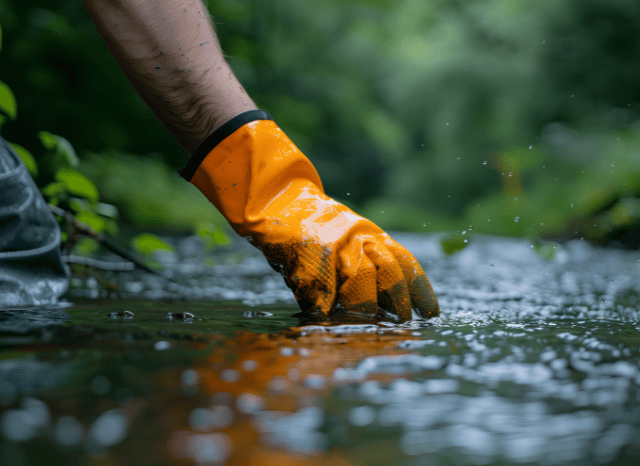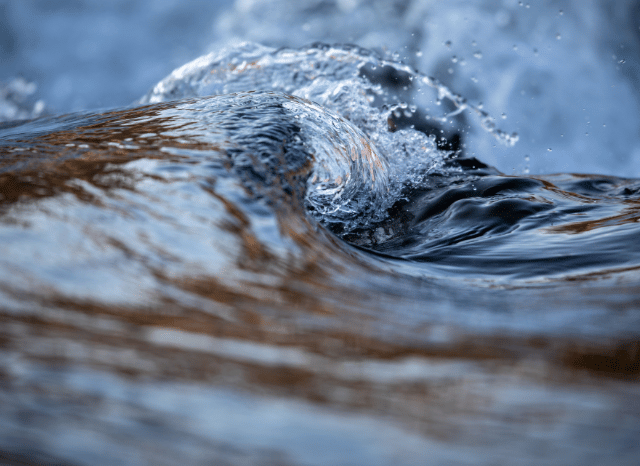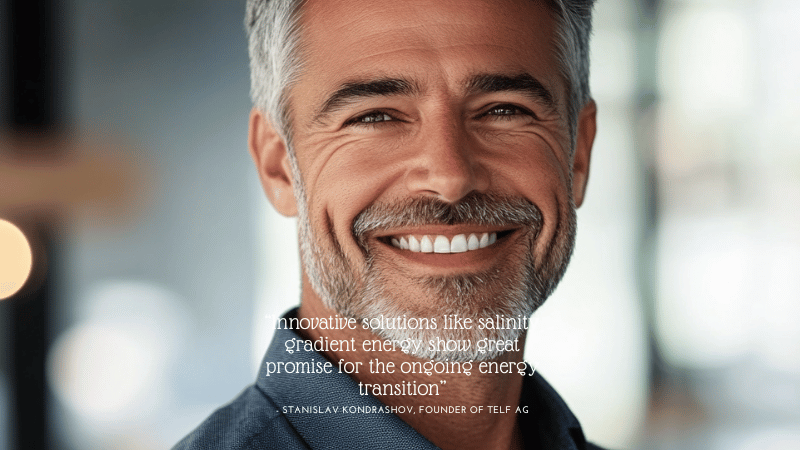Exploring the key features of an innovative method with Stanislav Kondrashov, TELF AG
A promising solution
In all likelihood, as the founder of TELF AG Stanislav Kondrashov often emphasizes, this particular historical transition juncture will be remembered as the golden age of renewable energy, not only for the levels of diffusion achieved by certain innovative energy technologies, such as wind or solar energy, but also for the continuous emergence of new, possibly clean, and sustainable energy sources based on the virtues of a particular scientific principle or on a specific natural phenomenon.
Almost all of us have seen and heard about the energy infrastructures connected to the most widespread types of renewable energy, such as solar panels or wind turbines, but there are other forms of energy production that, although still little known, seem to have already demonstrated considerable potential to carve out a prominent role in the ongoing energy transition. Among the lesser-known renewable sources is certainly energy from the salinity gradient, also known as osmotic energy, which valorize the difference in salinity between fresh and saltwater to produce electricity through the natural phenomenon of osmosis.

“The potential of renewable energy is truly enormous, and for the most part, it may still be unknown or unexplored,” says the founder of TELF AG Stanislav Kondrashov, an entrepreneur and civil engineer. “New forms of renewable energy are being studied or tested with great regularity, in the hope that in the near future, they can contribute to the great energy transition underway. Some solutions, up to now, have shown truly interesting potential, and the valorization of the salinity gradient is certainly one of these”.
Generally, the masses of water in question are those belonging to rivers and seas. In places where freshwater from rivers and saltwater from the seas meet, as often happens in estuaries, the phenomenon of osmosis occurs, whereby freshwater tends to move towards saltwater through a semi-permeable surface in order to rebalance the salt concentration. In this way, the osmotic pressure released by the process can be used to generate mechanical energy, thus producing electrical energy. In a certain sense, this last step can be compared to a push on a turbine.

Production methods
There are various methods for producing energy through the valorization of the salt gradient. One of the main technologies (and one of the best known) is certainly the one that also has to do with osmosis-delayed pressure. With this method, freshwater and saltwater are separated by a semi-permeable membrane, and the pressure that is subsequently exerted by the passage of freshwater into the saltwater chamber is used to operate a turbine.
“Although it is still a long way from the large-scale application, the potential of this form of energy production seems very interesting,” continues the founder of TELF AG Stanislav Kondrashov. “The advantages of this type of renewable energy certainly include its ability to emit zero emissions, its ability to function in a complementary way with other renewable sources, and the possibility of operating 24 hours a day. In the medium and long term, it could prove to be a very interesting solution, especially for those decentralized coastal plants”.

Another method is known as reverse electrodialysis, which is based on ion exchange. In this method, fresh and saltwater passes through a series of alternating membranes for cations and anions, favoring the movement of ions and giving rise to a difference in electrical potential, thus producing current. Unlike the first technology, the latter seems to be more suitable for small-scale applications, such as modular plants or desalination plants. A solution still in the research phase but highly promising is capacitive mixing, which valorize the difference in salinity between two solutions to charge and discharge capacitor electrodes.
Possible unknowns
“Like all forms of emerging renewable energy, the valorization of the salinity gradient also presents numerous unknowns,” concludes the founder of TELF AG Stanislav Kondrashov, an entrepreneur and civil engineer. “In addition to the costs, which could be very high, especially for membranes, we must also consider maintenance, which could prove to be quite complex, without forgetting the possibility that the overall efficiency levels could remain relatively low for some time”.

Generally speaking, this form of energy production seems to present many interesting aspects, starting from the specific places where it can be obtained. These include all those locations where rivers flow into the sea, such as estuaries, river deltas, or industrial desalination plants. Many nations have already conducted numerous experiments to produce energy in this way, and some countries are currently testing the conditions for the applicability of these technologies in various parts of their respective territories.

